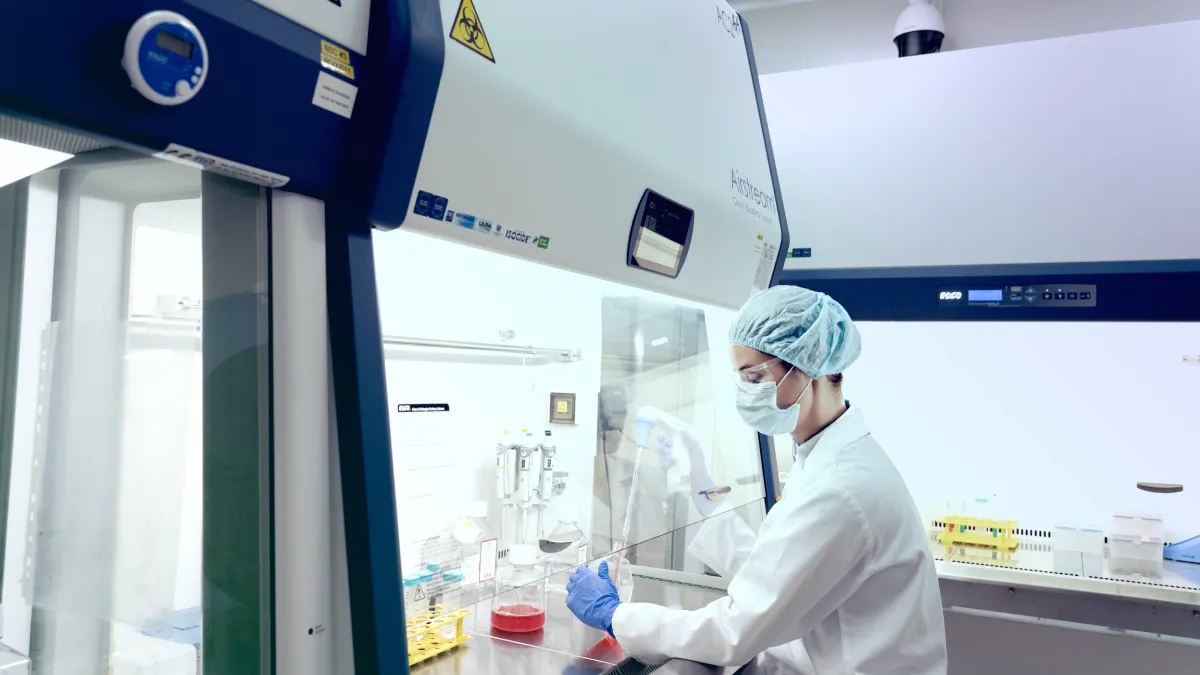
Rabies is a disease caused by a rabies virus of the genus Lyssavirus. It is most often transmitted from a bite of a rabid animal. The virus replicates in the animal carrying it and is retained in their salivary glands. Although dogs are commonly known to transmit rabies; skunks, bats, racoons, and foxes are among the animals that are reported to transmit vast majority of rabies cases. It is endemic on all continents except Antartica.

According to the World Health Organization, being attacked by a rabid animal then dying a slow, painful death happens to 55,000 people a year. The disease expresses itself in two forms. 70% of the infected population experience the Furious Rabies which causes extreme aggression. This later results to death by cardiorespiratory arrest. Paralytic Rabies happens to the remaining 30% of the infected population. This form of rabies is like a silent killer. It progresses over time and as it does, the victim's muscle gradually paralyze and the brain is compromised leading to fatal heart arrhythmia.

Do not attempt to approach or handle a wild animal. When bitten by a rabid animal (dog, bat, raccoons, skunk or foxes), immediately wash the bite with soap and water for fifteen minutes. It is vital to seek medical attention right away. If a person is at high risk of exposure to rabies like animal handlers and veterinarians,the best way not to get and prevent the disease is to be vaccinated. It is always better to be safe than sorry.
Reference: www.cdc.gov
The Rabies vaccine is a vaccine made from weakened rabies virus. Once injected, the weakened virus will stimulate immune response thus providing immunity to the host. In order to make the vaccine, huge amount of rabies virus must be cultured and processed. Rabies virus are commonly proliferated by using BHK-21 or Vero cell lines as host cells.
VacciXcell's tide motion bioreactors are capable of producing Vero and BHK-21 cells in high density. Tide motion provides the world's first fully single-use bioprocessing method with closed automated cell harvesting for seed preparation (0.1 Liters packed bed volume) to production (5,000 Liters packed bed volume - bioequivalence of 50,000 Liters in suspension) all in the same 3D tide motion.
Sign up to our newsletter and receive the latest news and updates about our products!
